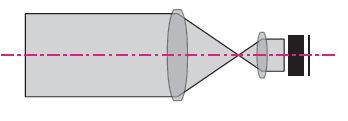Basics of machine vision lens selection
Lens Selector
Lens selector can help search the best lens for your application.
We provide a list of suitable lenses using parameters such as WD, field size, focal length, and optical magnification.
How to select the correct machine vision lens for your application
It is critical to consider the required conditions for your application which is key for selecting the correct imaging devices.
1. Points for selecting a lens
Points for Step 1
①Camera(Sensor size)
- Sensor size = Pixel size (V) or (H) x Effective Pixel amount (V) or (H)
②FOV
- FOV = Sensor size (V)) or (H) / Optical magnification
Points for Step 2
③WD
- The distance between the object and front of the lens.
④Object
- Object that inspect or analyze
⑤Applications
- Type of applications/
- example: OCR
⑥Space
- The distance between the object and sensor
⑦DOF
- Depth range in which the object will be in focus
⑧Illuminations
- Type of light source, Lighting Method Lighting WD etc.
⑨Environment
- Vibration, Shock, Unnecessary Light, Dust, Water, Temperature, Humidity
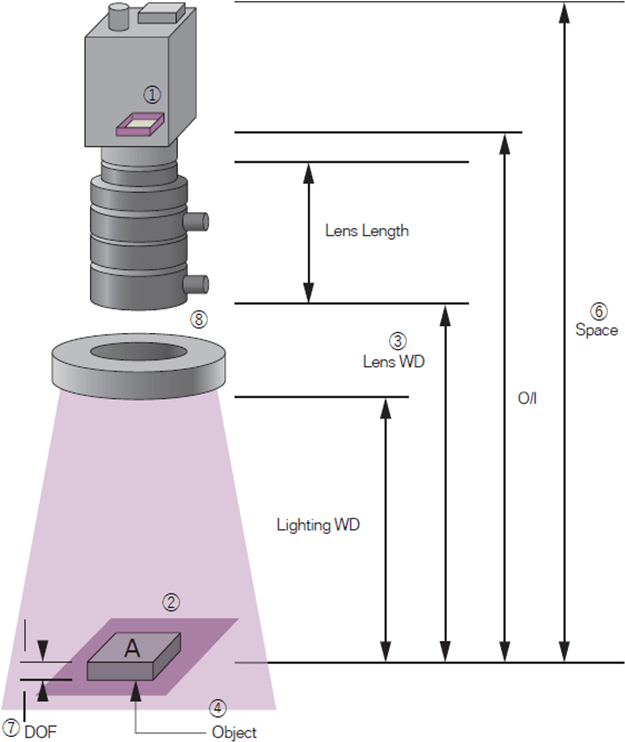
2. Selecting a lens
Step 1
Calculate Opt. Magnification by using FOV and sensor size

Opt. Mag=Ratio between FOV and Camera sensor size
Opt. Mag = Sensor size(V) or (H) / FOV(V) or (H)
※Camera dimensions =Pixels * Effective Pixels
- How to calculate Focal Length of a lens
-
f = WD * Opt. Mag(Sensor size(V or H) / FOV(V or H))

f =2000mm * Opt.Mag(= Sensor size(4.8mm) / FOV(200mm))
f = 48mm
Step 2
Compromise between many competing factors
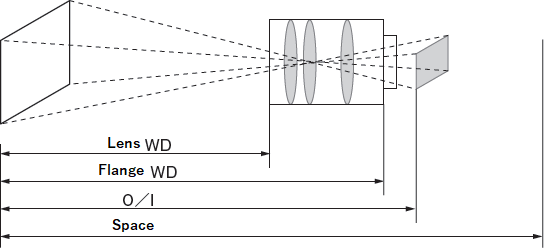
- How to calculate Field of View(FOV)
-
FOV(V or H) = WD * Sensor size(V or H) / f(focal length)

FOV = 1500 * 4.8 / 50 = 144mm
※This calculation is for your reference. Contact our sales office for details.
※The focal length of a lens defines the lens’s angular field of view. For a given sensor size, the shorter the focal length, the wider the angular field of the lens. Additionally, the shorter the focal length of the lens, the shorter the distance needed to obtain the same FOV compared to a longer focal length lens
Step 3
Type of Machine Vision Lenses
| Features | Advantages | Disadvantages | |
|---|---|---|---|
| Telecentric Lenses See products |
|
|
|
| Macro Lenses See products |
|
|
|
| Fixed Focal Length Lenses See products |
|
|
|
| Large format and Line Scan Lenses See products |
|
|
|
Telecentric lens
Telecentricity determines the amount that magnification changes with working distance. Better telecentricity means less magnification changes. Telecentric lens has parallel chief rays to its optical axis and bad telecentricity lenses produce images with higher magnification when the object is closer and the object can be seen differently between center and field of image. The degree of telecentricity is measured by the chief ray angle in the corner of the image field. You can easily check the telecentricity using a target as shown below. Telecentric lens is very important for gauging three-dimensional objects or objects whose working distance is not stable.
Standard lens
Image-side Telecentric lens
Object-side Telecentric lens
Bi-Telecentric lens

- Top view of slope
-

Standard macro lens 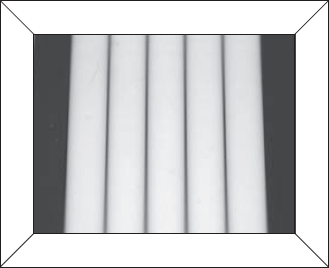
Telecentric lens 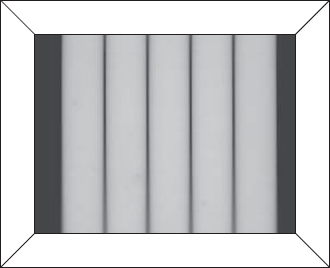
When you use telecentric optical system, you can recognize straight line on the slope from top view
- Top view of connector pins
-
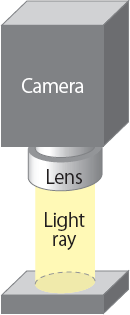
Standard macro lens 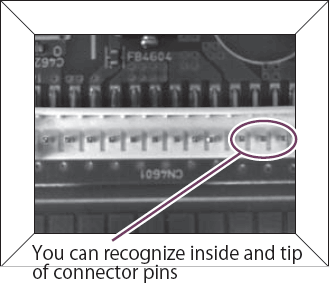
Telecentric lens 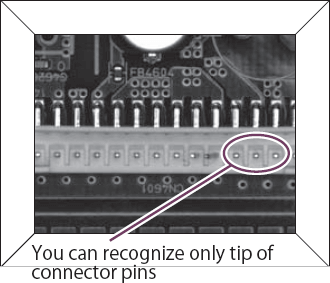
Since the telecentric optical system recognize an image viewed from top view, it is easy to detect errors.
Macro Lenses
Macro lenses is specially designed for short working distance(around WD 100mm) without a focus adjustment and you need to set-up the camera position precisely. VST has fixed magnification models, variable magnification models and variable aperture models.
Fixed Focal Length Lenses
Fixed focal length lenses are commonly used optics in machine vision, being affordable products that are well suited for standard applications. The focus can be adjusted from a minimum working distance to infinity.
Large Format and Line Scan Lenses
Lenses developed especially for the use with line scan cameras. Used for inspection of steel, pulp, fiber/textile, printing, film and other flat materials and Web appearance testing equipment. Usually come with big camera mount.
Objective Lenses
The optics of the microscope objective are defined by the focal length, N.A., and field of view. It is a very high-powered magnifying glass, with very short focal length.
3. Important factors and lens accessories
Image Circle, Shading
A lens has the ability to support a certain sensor size to image. The maximum sensor area that the lens can support it defined as Image Circle. If the sensor size is too large, it causes “Shading” or “Vignetting”.

- 2/3″ sensor, Vignetting or Shading
-
only □ part will be imaged
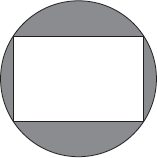
Sensor is usually rectangle 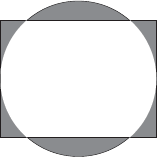
If you use larger sensor than the image circle of lens 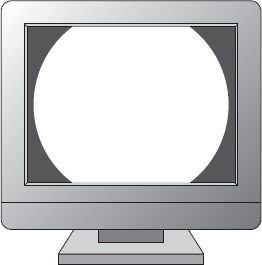
Vignetting or Shading on the monitor
Camera Mount
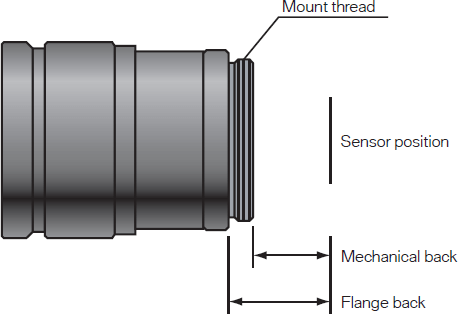
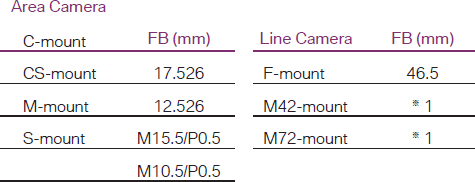
Each camera mount has a different size thread and flange back (FB: distance from sensor to lens flange)Common camera mount FB are shown below. VST mainly offers C, F and M72 mount but also some special mounts for remote head cameras. Please contact us for more details if you have a special lens mount.
※1. FB size depends on the camera manufacturer. You need to make sure both mount thread and FB are correct to get the correct image.
Extension Tube and Rear Converter Lens
VST offers various accessories. Extension tube is attached between camera and lens to increase the magnification while decreasing WD. Rear converter lens is used to increase the magnification without changing the WD.
Extension Tube SV-EXR series
Tubes used between lens and camera when you need to focus in shorter WD than the lens MOD(minimum object distance).
FOV will be also smaller consequently. SV-EXR series are available in 12 length type from 0.2mm to 50mm.
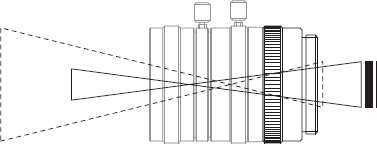
Shorter WD and higher magnification
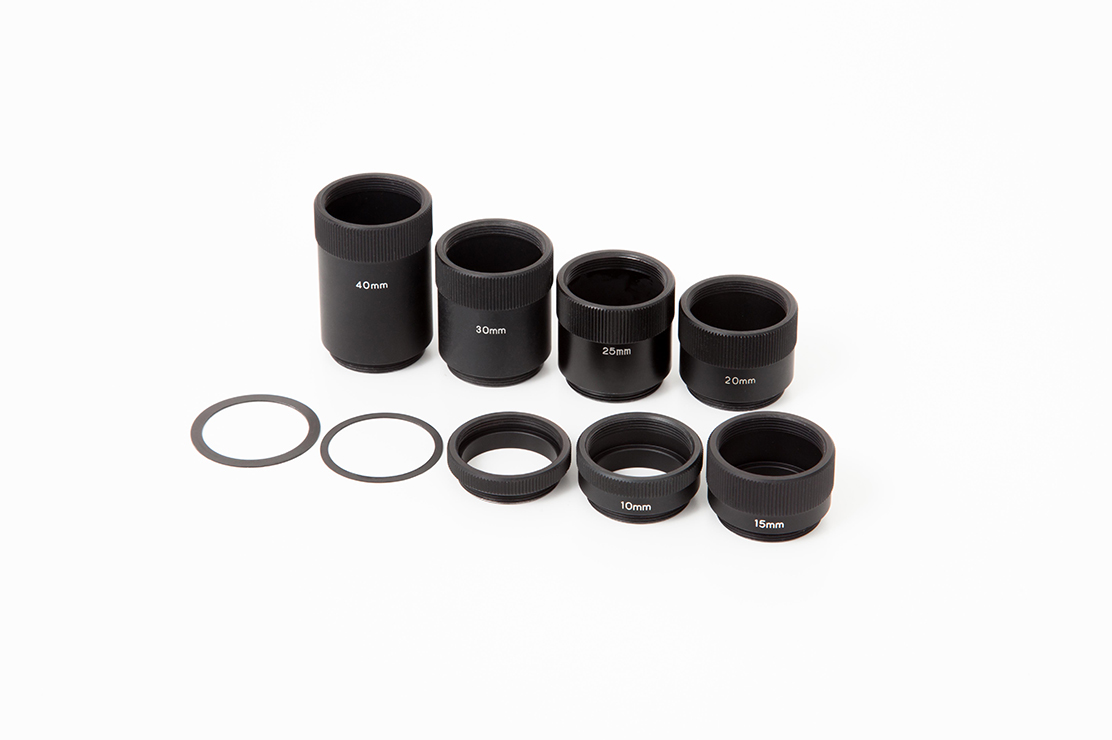
Extension Tube SV-EXR series
An Extension tube is attached between the camera and lens, it is used to increase the magnification while decreasing WD.
Rear Converter Lens SV-X series
A optional lens used between lens and camera when you need to get higher magnification(smaller FOV) without changing WD.
SV-X series are from 1.5x to 5.0x
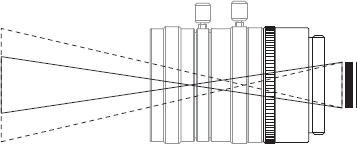
Higher magnification with the same WD
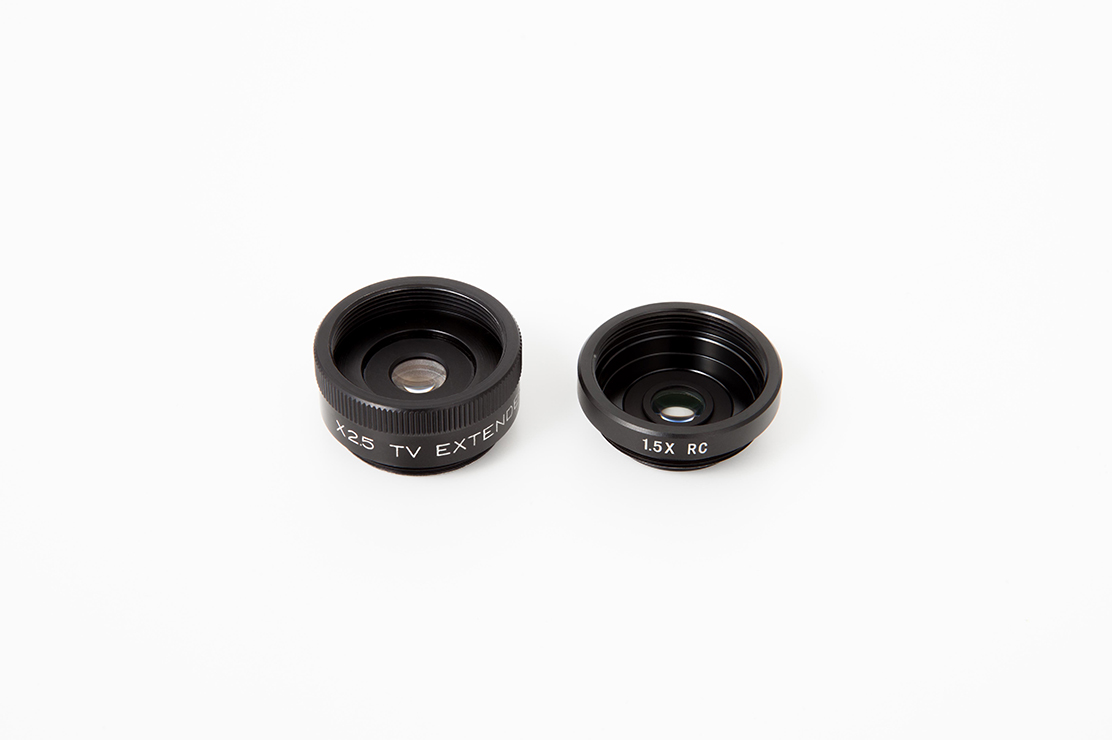
Rear Converter Lens SV-X series
Rear converter lens is used to increase the magnification without changing WD and simply attached between camera and lens.




